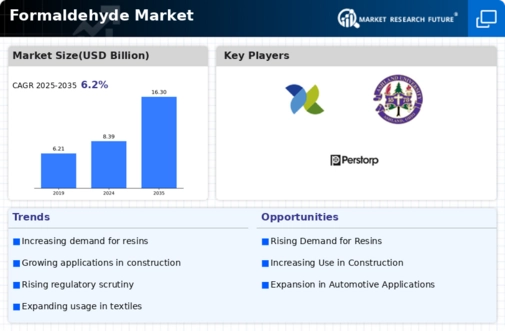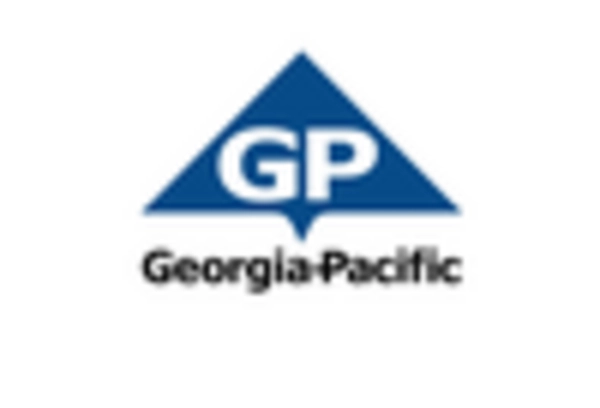Market Analysis
In-depth Analysis of Formaldehyde Market Industry Landscape
The supply, demand, and pricing of any given product determine how dynamic it is in terms of economic diffusion at any particular time. The Formalin (HCHO) market falls into this category as it follows several underpinning factors that affect its supply, demand, and price levels across economic landscapes globally. Formalin (HCHO), being a primary element used in the manufacture of resins, plastics, and textiles, undergoes fluctuations due to factors internal and external to it. Global end-use product demand is one of the leading causes of market dynamics. Also important are regulatory policies dictating how formaldehyde markets behave. These regulatory measures often involve such things as improving manufacturing practices and the formulation of new products for the industry by imposing strict environmental controls targeting emissions and sustainable development efforts. As governments across the globe are putting in place more stringent standards, producers of formaldehyde will be forced to meet these requirements by investing in cleaner technologies or adopting other eco-friendly options that conform to the rules. This not only causes production costs to rise but also has an impact on consumer preferences because industries with green awareness look out for substitutes. Material availability also affects the dynamics of formaldehyde market. Major source methanol price changes directly affect overall production costs since methanol oxidation is widely used as a base reaction step in formaldehyde production. Furthermore, energy outlooks and natural gas availabilities shape the market trends since it is one key feedstock from which methanol is produced. Other major contributors include global economic conditions and trade policies, among others. For instance, any changes in international trade agreements or recessionary periods in key markets would have significant implications on how Formalin (HCHO) operates because it remains a commodity traded globally. For example, if there was reduced demand from its major importing countries, then there may be a surplus resulting in low price levels, hence rendering most manufacturers unprofitable at some point; conversely, increased demand emanating from emerging markets could enhance business opportunities for those involved with making this substance. Technological advancements also impact the formaldehyde market dynamics. Ongoing research and development activities result in finding more efficient ways of producing formaldehyde and using alternative raw materials. These innovations affect both the cost of manufacturing formaldehyde and lead to opening up newer avenues of consumption, thereby escalating its market size. As industries evolve and adopt cutting-edge technologies, the demand for advanced formaldehyde-based products may witness a surge, reshaping the competitive landscape.

















Leave a Comment